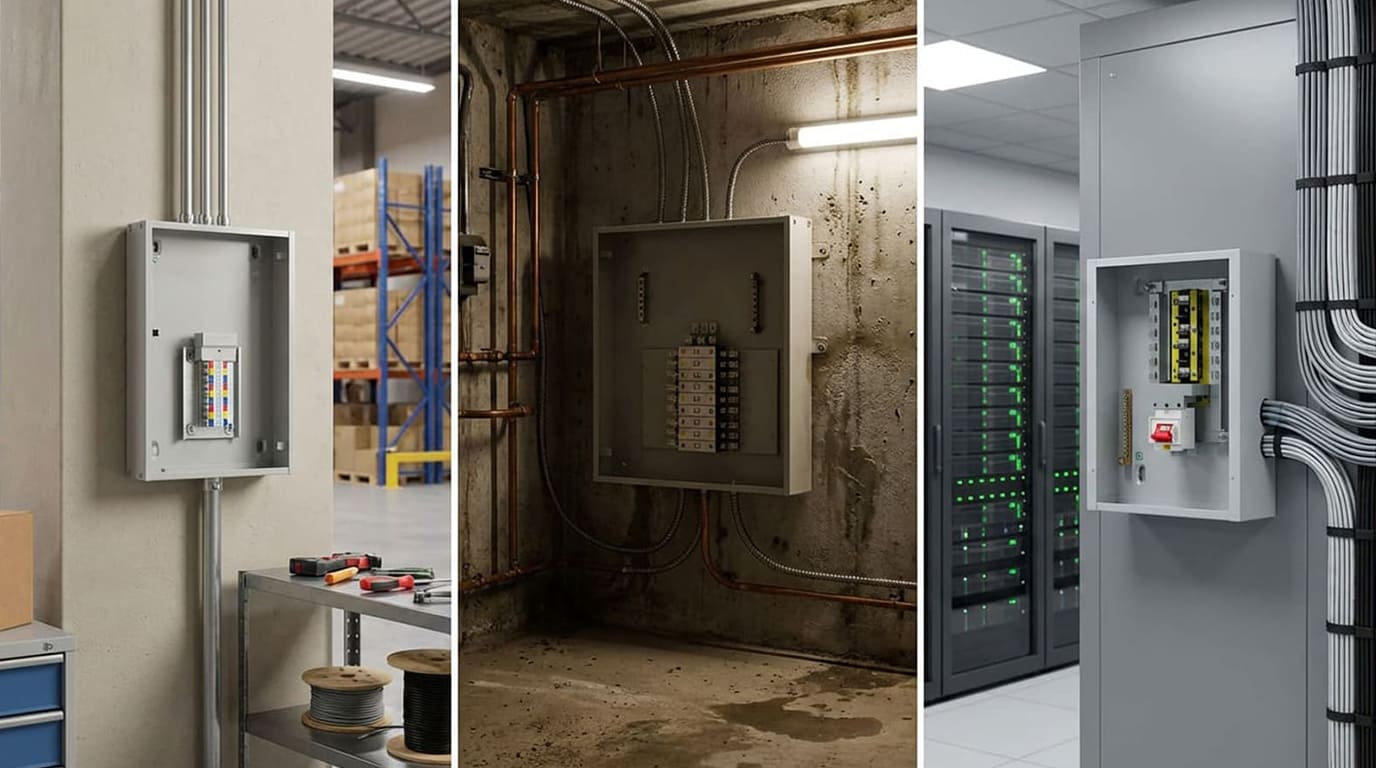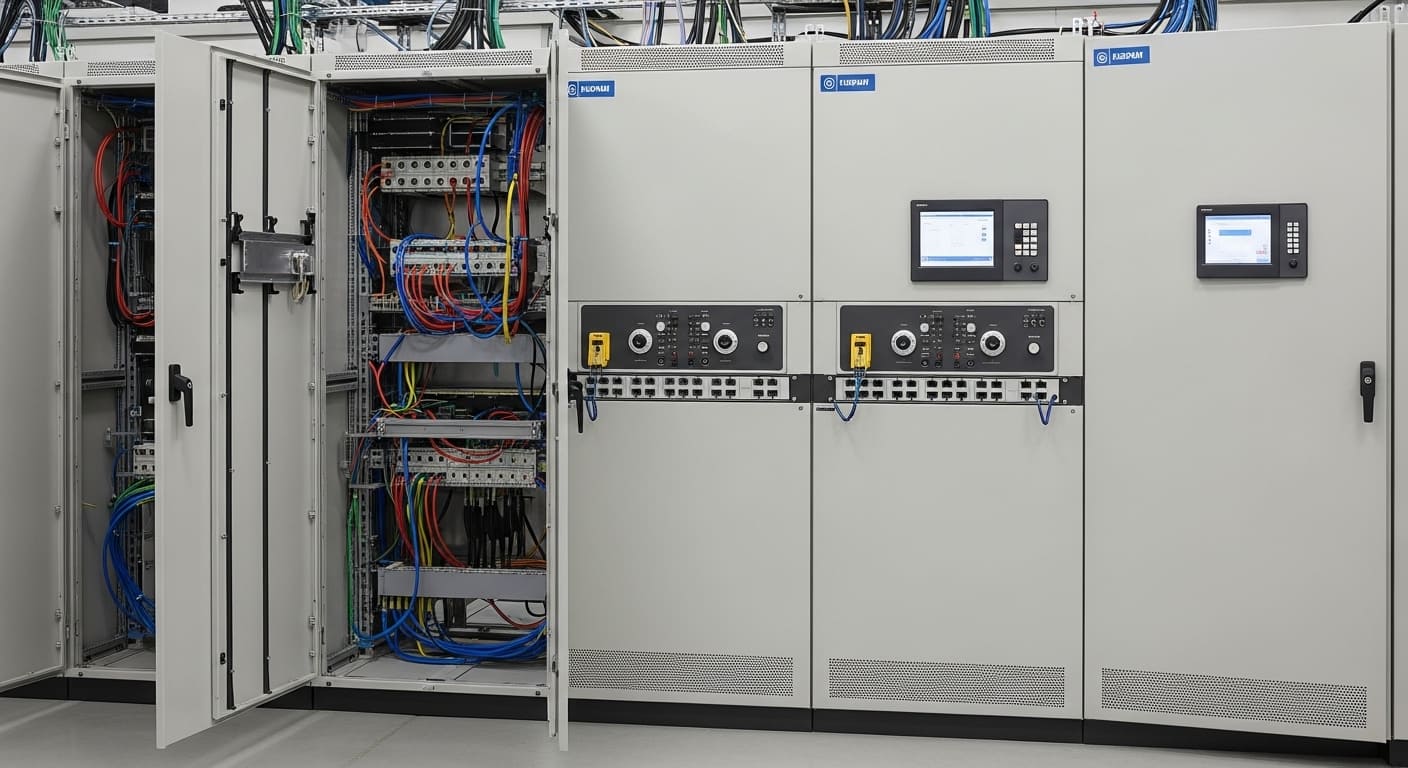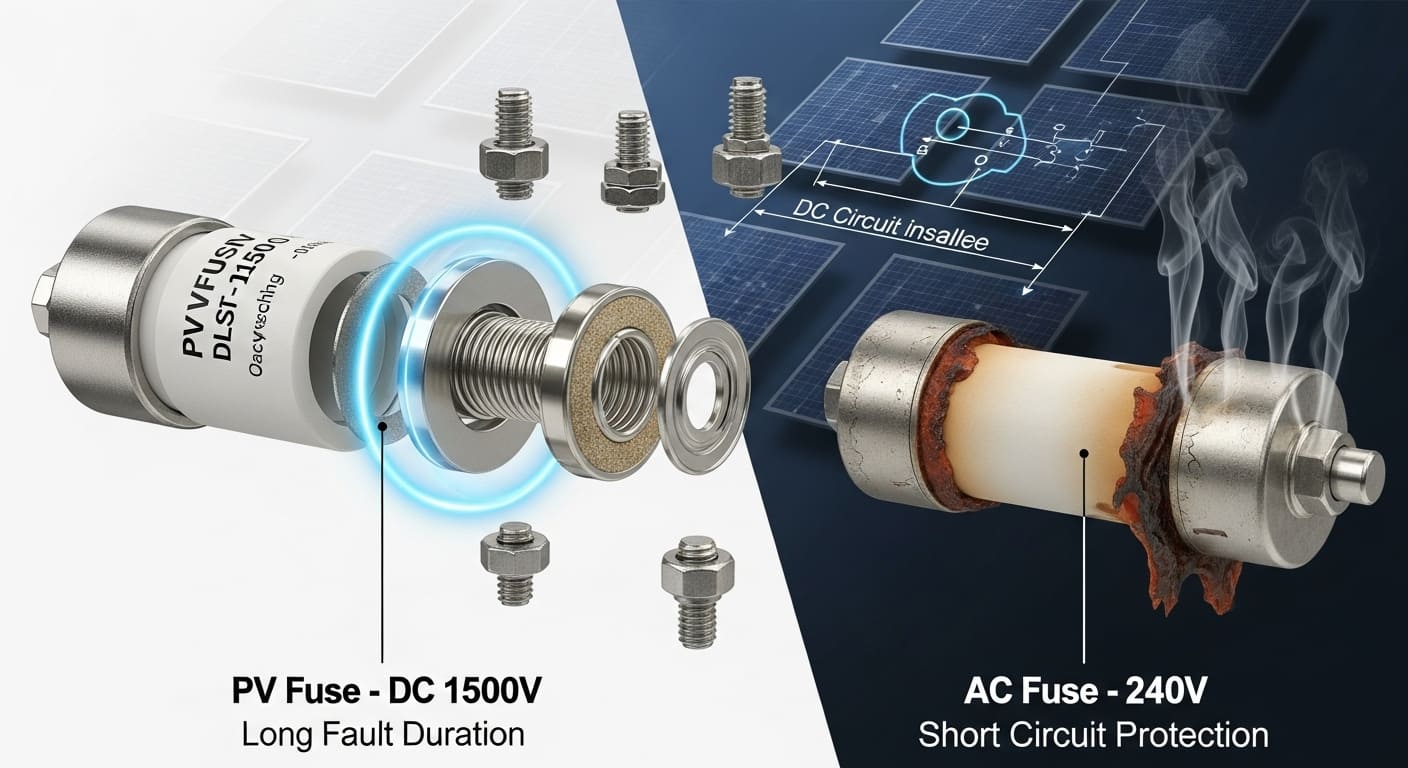Energy storage systems handle immense DC power, risking fires. Failures mean costly downtime and project delays. Robust DC protection prevents these dangerous and expensive problems.
Robust DC protection is vital for ESS safety and reliability. It prevents dangerous DC arcs and fires, safeguards expensive battery investments from overcurrents or faults, ensures continuous operation, and meets the stringent safety standards required for modern energy infrastructure projects.
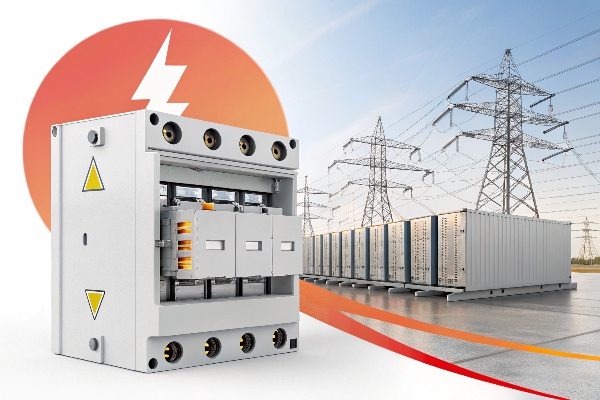
The shift to renewable energy makes Energy Storage Systems (ESS) increasingly important. However, DC power presents unique safety challenges compared to traditional AC systems. I've personally seen projects face significant setbacks due to inadequate DC protection planning. Let's explore exactly why this protection is so crucial and what goes into making it truly reliable for these demanding applications.
What Makes DC Protection Reliable in an ESS Application?
Not all protection devices handle DC well. Using the wrong ones risks failure, system damage, and safety breaches. Reliable DC protection comes from components rigorously designed and tested for demanding ESS conditions.
Reliability hinges on components specifically rated for high DC voltage and current. Key factors include fast arc extinguishing, robust thermal management, adherence to stringent IEC standards, rigorous testing (like 100% factory checks), and consistent manufacturing quality under systems like ISO 9001.
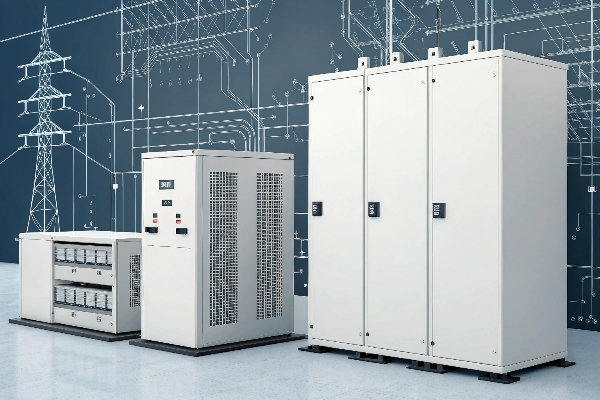
Ensuring reliability in ESS DC protection starts with understanding the unique challenges DC power presents. Unlike AC power, which crosses zero volts many times per second (making arcs easier to extinguish), DC current is constant. This makes interrupting faults significantly harder and requires specialized component design. High fault currents, potentially delivered instantly by battery banks, add another layer of complexity.
Unique Challenges of DC Protection
Direct current doesn't have a natural zero-crossing point like alternating current. This means when a fault occurs and an arc forms (a continuous spark of electricity), it's much harder to extinguish in a DC circuit. This sustained arc can cause significant heat, damage equipment rapidly, and pose a serious fire risk. Furthermore, battery systems can often deliver very high short-circuit currents almost instantaneously. Protection devices must be capable of safely interrupting these massive currents without failing themselves.
Key Features of Reliable DC Components
Reliable DC components are specifically engineered to overcome these challenges. This involves using materials that can withstand high temperatures, incorporating advanced arc quenching technologies1 (like special fillers in fuses or magnetic blowout coils in breakers), and ensuring the overall design manages heat effectively during normal operation. Most importantly, components must have explicit DC voltage and current ratings2, along with a proven DC breaking capacity (kA rating) verified through testing according to standards like IEC 60269 for fuses3.
| Feature | Importance for ESS DC Reliability | How Achieved |
|---|---|---|
| Specific DC Rating | Ensures safe operation at system voltage/current | Design based on DC characteristics, IEC testing |
| High Breaking Capacity | Safely interrupts large fault currents from batteries | Robust internal construction, arc-quenching fillers |
| Fast Arc Extinguishing | Minimizes arc duration, preventing damage/fire | Specialized arc chutes, specific fuse element design |
| Thermal Management | Prevents overheating during normal operation | Quality materials, design for heat dissipation |
| Quality Manufacturing | Ensures consistency and long-term performance | ISO 9001 system, 100% factory testing |
| Compliance (IEC/UL) | Verifies safety and performance standards | Third-party certification, documented evidence |
In my experience, relying on AC-rated components in DC circuits is a serious mistake I've seen cause major failures. We learned early that DC demands purpose-built solutions. The focus must be on DC-specific performance, validated by rigorous testing protocols, like our 100% end-of-line testing, to guarantee reliability for critical infrastructure.
What Specific DC Components Protect an ESS?
You know DC protection is vital for ESS. But which parts actually do the job? Choosing incorrectly can undermine the entire system's safety and effectiveness. Let's identify the key components involved.
Specific components include DC-rated fuses (like NH/gPV types), DC fuse switch disconnectors for safe isolation, DC Moulded Case Circuit Breakers (MCCBs), and potentially DC Surge Protection Devices (SPDs), all designed for the unique demands of battery systems.
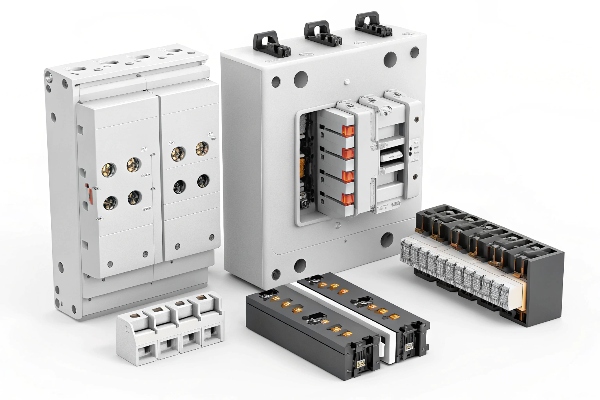
A well-protected ESS utilizes several types of components working together. The specific selection depends on the system size, voltage, battery chemistry, and overall protection strategy. However, some core components are almost always present.
Primary Overcurrent Protection
This is the first line of defense against damaging overcurrents and short circuits.
- DC Fuses: These are often the preferred choice, especially for high fault current applications like battery banks. They offer very high breaking capacities and are inherently reliable as they physically melt to interrupt the circuit. Types like NH fuses (IEC 60269) or specialized gPV fuses (for photovoltaic systems, often applicable to ESS) are common. Their time-current characteristics need careful selection for coordination.
- DC Circuit Breakers (MCCBs/MCBs)4: These offer resettable protection and can sometimes double as disconnect switches. However, ensuring they have adequate DC breaking capacity for the specific ESS application is critical, as DC interruption is challenging.
Isolation and Switching
Being able to safely disconnect parts of the ESS for maintenance or emergencies is crucial.
- DC Fuse Switch Disconnectors: These combine the protection of a fuse with the ability to manually open the circuit under load (or no load, depending on the type). They provide a clear visible break for safety during maintenance. Our vertical fuse switch disconnectors are frequently specified in ESS due to their robust DC performance and space-saving design.
Surge Protection
If the ESS is connected to external sources like the grid or PV arrays, protection against voltage spikes is needed.
- DC Surge Protection Devices (SPDs)5: These divert transient overvoltages (like those from lightning or switching operations) safely to ground, protecting sensitive electronics within the ESS.
| Component Type | Primary Function | Key Selection Criteria for ESS | Fuspan Example (Implied/General) |
|---|---|---|---|
| DC Fuses6 (e.g., NH, gPV) | Overcurrent/Fault Protection | DC Voltage Rating, Ampere Rating, Breaking Capacity (kA), Time-Current Curve | High-performance DC fuse links |
| DC Fuse Switch Disconnector | Isolation & Protection | Matches Fuse Specs, Load Break Capability, DC Rating, Safety Features | Vertical Fuse Switch Disconnectors (DC Rated) |
| DC Circuit Breaker (MCCB) | Overcurrent & Switching | DC Voltage/Current Rating, Breaking Capacity, Trip Settings, Resettable | (If offered with verified DC ratings) |
| DC SPD | Transient Surge Protection | Max Continuous Operating DC Voltage (MCOV), Discharge Current (In) | (If part of broader solution) |
Selecting the right mix is critical. For battery banks, I often recommend high-rupturing capacity DC fuses combined with appropriately rated DC switch disconnectors for the best balance of safety, reliability, and maintenance capability.
How Does Fuspan Ensure Reliable DC Protection Components for ESS Projects?
Choosing a supplier for critical ESS components is tough. A bad choice means delays, poor quality, and communication headaches. Fuspan ensures reliability through rigorous quality control and dedicated project support.
Fuspan ensures reliability through ISO 9001 processes, 100% factory testing on DC components, strict IEC standard compliance, providing full technical documents (datasheets, drawings), experienced engineering support, and dedicated export project management for smooth communication and delivery.

For procurement managers like Mr. Abdu, involved in large EPC projects, choosing a component supplier involves assessing more than just the product specs. You need confidence in the manufacturer's processes, support, and ability to deliver consistently, especially when dealing with critical infrastructure like Energy Storage Systems.
Commitment to Quality and Standards
Our entire manufacturing process operates under the ISO 9001 quality management system7. This isn't just a piece of paper; it means defined procedures for everything from raw material checks to final assembly. Critically for DC components, we adhere strictly to relevant IEC standards8 (like IEC 60269 for fuses). And we don't just sample test; every single DC fuse and switch disconnector undergoes 100% electrical and visual testing before it leaves our factory. This guarantees functional reliability and product consistency, batch after batch, which is vital for large projects demanding uniformity.
Supporting EPC Project Needs
We understand the pressures of EPC projects – tight schedules, complex technical requirements, and the need for clear communication. We address this by providing a complete technical documentation package9: detailed PDF datasheets, 2D/3D drawings for easy integration into panel designs, and type test reports confirming IEC compliance. Our engineering team has experience with LV/DC applications and can provide technical support in English. Each export project gets a dedicated manager, ensuring timely responses and accurate delivery schedule management, leveraging our production capacity (over 50,000 fuse components monthly) to meet demanding project timelines.
| Concern Addressed | Fuspan's Solution | Benefit for EPC (Mr. Abdu) |
|---|---|---|
| Product Consistency | ISO 9001 System, 100% Factory Testing | Reliable performance, reduced on-site issues |
| IEC Compliance | Design & Testing to relevant IEC DC standards | Meets project specs, ensures safety & quality |
| Technical Documentation | Full package (Datasheets, Drawings, Test Reports) | Easy integration, clear specifications |
| Technical Communication | Experienced Engineers, English Support | Efficient problem solving, clear understanding |
| Lead Times / Capacity | Advanced Production Lines, Project Management | Predictable delivery schedules, supports scale |
| Long-Term Supply | Established Manufacturer, Commitment to Partnerships | Reliable source for ongoing/future projects |
Ultimately, we aim to be more than just a supplier; we strive to be a trusted partner, providing the reliable components and dependable support needed for successful ESS project execution globally.
Conclusion
Robust DC protection is non-negotiable for ESS safety and longevity. Selecting reliable, DC-rated components from a proven supplier ensures system integrity and protects your valuable energy storage investment.
-
Discover the latest advancements in arc quenching technologies that enhance safety and performance in DC circuits. This resource is invaluable for engineers. ↩
-
Understanding DC voltage and current ratings is crucial for ensuring safety and reliability in electrical systems. Explore this link for detailed insights. ↩
-
Learn about IEC 60269 and its significance in fuse standards, ensuring safety and reliability in electrical systems. This information is essential for compliance. ↩
-
Learn about the functionality and applications of DC circuit breakers to ensure effective overcurrent protection in your systems. ↩
-
Discover how DC surge protection devices safeguard sensitive electronics from voltage spikes, ensuring system reliability. ↩
-
Explore the benefits of DC fuses, especially in high fault current applications, to enhance your understanding of electrical safety. ↩
-
Explore this link to understand how ISO 9001 can enhance quality and efficiency in manufacturing processes. ↩
-
Learn about IEC standards to see how they ensure safety and quality in electrical components, crucial for your projects. ↩
-
Discover the essential elements of a technical documentation package to streamline your engineering projects and ensure compliance. ↩


